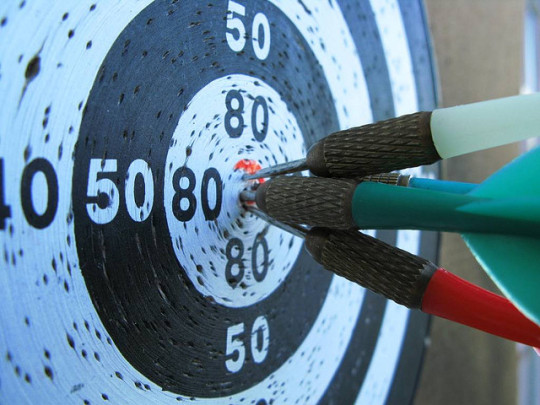
This has been a busy month, already!
In my book the “The Next Perfect Trade – the Magic Sword of Necessity”, which is now available on ebookit and amazon, I take the reader step-by-step through the process of selecting trades that are aided by market tailwinds. Broadening your range of success is the focus of my portfolio approach.
Also, I recorded my newest interview with Raoul Pal on RealVisionTV (my first interview is available for free on its site using this link; for the latest one you’ll need to subscribe but I find its content invaluable so please take the step to sign up using promotion code “Alex”). It was an excellent chance to review the concepts I was pondering as I was writing the book over the last year, and apply them to the current turbulent markets.
There is no longer an easy equivalent of the logically irrefutable long dollar/long bond trade of 2014; however, chaos breeds opportunities. What does my current investing strategy dictate?
The approaching Federal Reserve meeting is the most contested one in years. In the past, I worked hard to predict the exact path of the Fed Funds, and I was not bad at it. But nowadays I often feel that there are bigger fish to fry.
Some people think they will tighten several times in a row and some people think they are not tightening in our market lifetime. Let’s accept this uncertainty and try to come with a portfolio which will work regardless.
Long-dated bonds were my beacon through this cycle. Again and again, I have been repeating the mantra:
Another beacon of value in the times of stock market correction, may be cheap, established technology companies that are unburdened with excessive debt and have proven to be able to adjust to the change.
On the other hand, the world of currency trades has shifted from “slam dunks” to merely “good risk-reward propositions”. My significant bets on weaker euro, yen, Swiss Franc, and yuan, after the original surge, have meaningful downside.
Chinese currency devaluation is coming into focus. I am inclined to stay with the trade as I can’t imagine any other way to stem the tide of capital outflows.
I have to face that sitting here today having little conviction about the direction of the stock market or economic growth (both domestic and global). This doesn’t mean I can’t have a position.
In my book and in my recent interview, I explain how I rely on my understanding of causality chains between various asset classes, rather on predicting the market direction.
So don’t get flustered by volatility. Take a deep breath, and instead of aiming for the narrow target of precisely anticipating the price action, look for trades that will succeed even when your views are wrong.
Image: Target »» 0o.o0 «« by Erika


